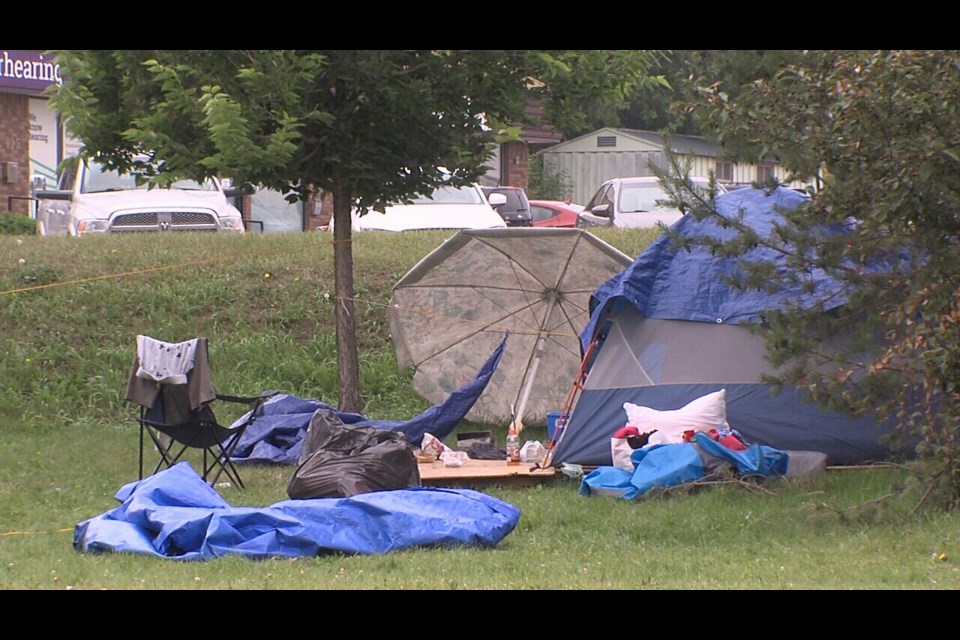THUNDER BAY – When addressing the sprawling tent cities across the community, Thunder Bay's encampment response teams' hands are tied without a temporary shelter village for the homeless.
“Without truly accessible indoor options for people to access, we don't have any ability to help people move along,” Cynthia Olsen, director of strategy and engagement, said in a press conference on Wednesday.
Olsen said as the law stands, municipalities cannot evacuate a homeless encampment by force.
Homeless encampments raise complex legal issues related to human rights, particularly the human right to housing, dignity, and security. While municipalities are responsible for maintaining public order and safety, they must also respect the rights of individuals experiencing homelessness, including those living in encampments.
Forced evictions, without providing adequate alternative housing, are widely considered a violation of human rights under international human rights law, including the Canadian Charter of Rights and Freedoms and the National Housing Strategy Act, which recognizes the right to adequate housing as a fundamental human right.
Olsen said the city “cannot compel people to move,” but what they can do is work with community partners who have pre-established relationships to persuade homeless individuals to voluntarily relocate.
“We are very excited to be able to take on some of that work in-house, recognizing that our partners mandate our health and social services. This will be a better connection with our own city staff, to be able to receive calls from the community when there are concerns about locations that might pop up over the summer and through the winter months,” Olsen said.
Rilee Willianen, the city's drug strategy specialist and encampment response plan lead, said the encampment response team assists with community partners' efforts by offering support in identifying sites that are within the council-approved distance guidelines.
“Having a temporary village will, as part of the recommendation, decommission the encampment that is along Simpson Street, and so providing people with a space to be is one of the most effective ways to do that. Simply moving people along is not an effective way; you need to give them somewhere to be. So similarly that applies to all encampments across the city, so we need the temporary village to have a place to offer people,” Willianen said.
As part of the city’s human-rights based approach to encampments, once the temporary shelter village is established, the city can designate up to three encampment locations.
Olsen said these designated encampments will not be supported in the same way as the temporary shelter village.
“They will still be tent or structure encampments that will receive more focused attention because we know exactly where they are. It's better on our resources to be able to manage garbage collection, sanitation supports, and directing our community partners to provide those supports,” Olsen said.
“We will have a village. We will still have encampment activity in the community, but with the whole package, with the whole 10-part plan, with the village, with our team, with further advocacy from our council, we see this as a means and as a positive step in helping better manage encampments across the community and getting people who really need the help that they deserve.”
On Monday, city staff will once again recommend the vacant lot on 114 Miles Street as the location for a temporary shelter village accommodating 80 people in modular housing units.
